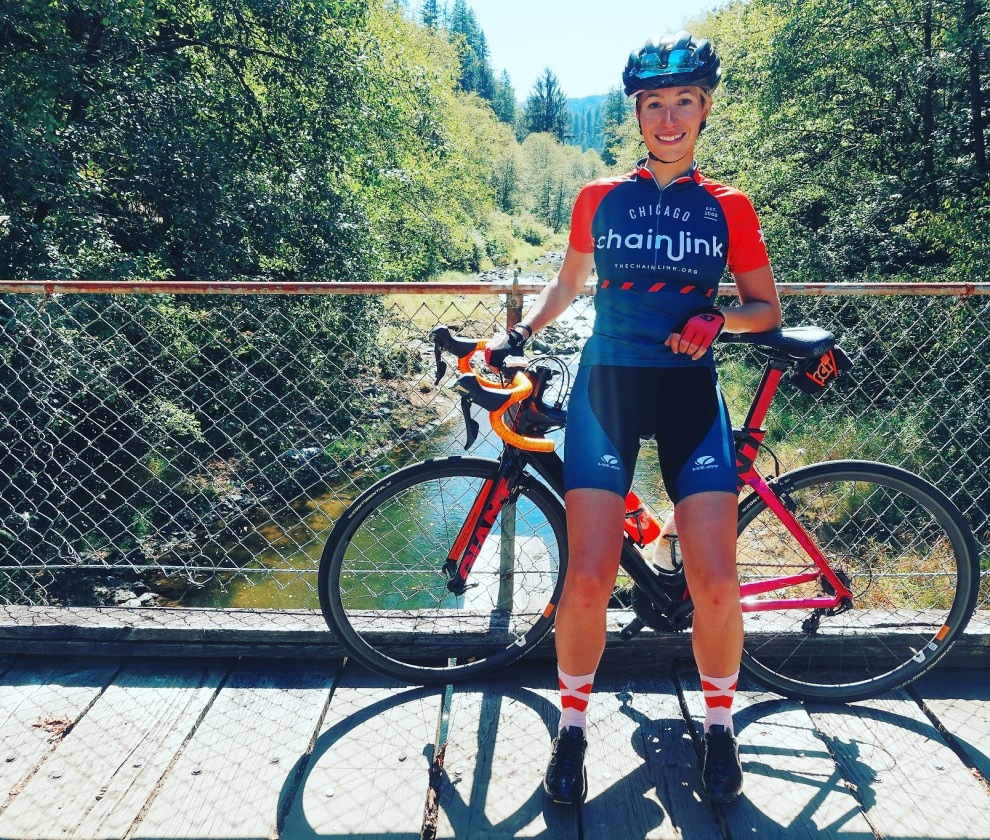 Originally published on Unscripted. Introduction by Jen Agan. Photo by Velo Images.
Originally published on Unscripted. Introduction by Jen Agan. Photo by Velo Images.
Since its inception, the Zwift Academy has developed a way to foster and engage a community that truly transcends borders. The bicycle is a common bond and has an uncanny way of connecting us – albeit whether virtually or out on the road.
Zwift supporter and advocate Nicola Cranmer believes the Zwift Academy is more than an online training program. “The Zwift Academy program opens up the opportunity for global participation, potential, and aspiration. It’s not always easy for athletes to connect with the limited number of teams out there and this offers a new pathway to becoming a professional cyclist. The virtual program also exposes participants to the benefits of Zwift racing and community riding. We have seen marked improvements in athlete IRL performances and athlete communication through Zwift participation.” Says, Nicola.
Cranmer is well known in the cycling industry and is the founder and GM of the Olympic Development TWENTY20 Women’s Pro Cycling & eSports Team. TWENTY20 emerged as the top UCI team in the inaugural Zwift Kiss Super League series lin 2019. As a former athlete herself, Nicola understands the disciplines of training and racing.
So, when Jasmin came to me with her article on ZWIFT, it was an immediate YES.
My life has never been traditional. As a busy mother and professional who happens to enjoy riding – finding the right healthy balance can be tiring at times. There have been years when my goals have fluctuated from what I call a rigorous calendar – to – I’ll see you on the next group ride – if I can make it.
So what keeps me going? Community.
Community – looks different for everyone and once you find your pack it propels you forward when you might not have done so solo. Let’s face it – when we connect to a community that inspires us – they are our secret weapon to becoming stronger.
Whether it is your go-to or not – ZWIFT has worked for me and Jasmin Welter’s insight taps into an ever-growing community within Zwift, and the Academy.
The Whys Behind the Zwift Academy
Jasmin Welter For Unscripted
When it comes to working out, we often follow similar goals: Sometimes we want to be faster and more fit; sometimes we want to find friends and socialize. But what is it that motivates us to push beyond our physical and mental limits? Speaking with competitors in this year’s CANYON//SRAM Racing | Zwift Academy lifts the veil on the drivers beyond the challenge.
While indoor training on the bike has long faced the cliche of long, lonely hours in the basement, it now has become a huge social endeavor thanks to the gamification of training through Zwift.
The Zwift Academy is a rigorous training program challenging its participants to an 8-week, jam-packed schedule filled with a variety of workouts, races and group rides. The goal of the program is to find pro racing team’s next star cyclist – and while surely some of the almost 2,000 “graduates” this year were competing for that coveted spot, I wondered: If there are close to 9,000 women participating in the Academy, what other factors made them commit to the program – to the sweat and suffering of the workouts? The gritty, hard, fast races?
When talking to participants, one thing became clear quickly: Not all of us are looking for the pro contract. But we all seek to improve, to challenge and surprise ourselves, to find something new in our legs and our minds.
Here are the top 5 reasons for participants:
1) Social Bonds
The overarching reason for mothers, nurses, and time-pressed professionals alike was that the academy forged a social community of women supporting and empowering one another. Many riders of 2019 are repeat-graduates, banking on the friendship and growth built throughout the previous editions. In addition to the in-game chat function, the academy is accompanied by a large and active Facebook group that answers questions ranging from training to nutrition and celebrates successes and accomplishments within and beyond the Zwift Academy. Seeing and sharing in on the expertise and perspectives of other women from any experience levels is truly engaging and inspiring, and lasts well beyond the 8 weeks of the academy itself.
2) Safety
Safety is likely among the top concerns in any survey about women and bikes – and similarly, it was among the reasons cited most frequently that excited women about the Zwift Academy. For all three, commuting, training and racing, safety counts as one of the biggest concerns for women when making decisions as to ride in traffic, in remote locations, or at early or late hours in the day. Indoor training is the epitome of efficiency when it comes to nailing that interval or pushing yourself to the limits while allowing you to remain in the safety and predictability of your home. Of course, this aspect applies to all indoor training and not the Zwift Academy alone.
3) Accessibility
For most female riders, even the ones that have the accessibility of living close within a large cycling scene, know the phenomenon: Being the only woman on a ride. While there’s nothing inherently tragic about this, being among women can be helpful, and the lack thereof is a big obstacle to getting started or remaining in the sport. Representation matters as in the case with Ella Harris the 2018 winner of the Academy. “I hope that the Academy experience will entice more to give outdoor riding a proper go also. This can often be a daunting step as many areas don’t have specific women cycling groups or grades for both riding and racing so understandably many get put off by the intimidating nature of having to ride mostly with males. The Zwift Academy can provide that confidence and perhaps fitness needed to give this a try.” Says Ella.
4) Accountability
Have you ever wanted to purchase training plans or commit to group workouts for the accountability they allow but backed out because of the heavy price tag? Have you ever wanted help to stay or get back into a routine but failed because it can appear to be so damn hard? Do your professional or family schedules not allow you to take advantage of existing programs in real life? For many, the Zwift Academy, while short, helps with accountability and incentive. For most athletes, whether they stopped training due to injury or career and or family responsibilities – nonetheless getting (back) into a routine is the hardest part for most getting back into sports. The Zwift Academy provides an opportunity and platform alongside fellow women across time zones to get back into a routine and stay motivated.
5) Fitness and Fierce Competition
While most Zwifters truly value the friendship and camaraderie the Academy brings, it is designed to be a true test of your fitness, power, and strength. The workouts are designed by pros and are analyzed under the scrutinous eyes of pro coaches and racers. The Academy will demand each competitor to give it their all and by doing so accomplishing the workouts is no small feat – doing well, consistently, and showing up in the races and group rides, showing tactical, mental and physical smarts is a true accomplishment, whether you finish with a PR or at the end of the pack.
At the end of it all, the program is fierce competition for a slot on a pro racing team. Think about it – when have you ever had a chance to make it, circumventing the traditional means and ways to become a pro? It’s like taking a stab at a -hard-earned- wildcard, an opportunity that is unrivaled in pro cycling.
In addition to the benefits the participants see, Zwift and CANYON//SRAM are reaping the fruit of their audacious initiative: “Launching Zwift Academy back in 2016 was pretty revolutionary. Not only did Zwift Academy bring an entirely new form of talent ID to the professional peloton, but it was a program solely aimed at women. This year, CANYON//SRAM will have three Zwift Academy winners in their team showing the success of the Academy as a method for talent spotting. Zwift Academy, however, goes far beyond professional cycling contracts – it’s a fantastic engagement tool for our community as well.
“In 2019, Zwift Academy had an increase of 80% the number of participants from 2018,” states the Zwift team. After review by the coaches, Zwift chose three finalists to a training camp with the CANYON//SRAM crew in Spain, where 22-year old Australian Jess Pratt took home the coveted win and pro contract.
While an exciting time lies ahead for the young racer, I’m curious about all of us who train without our eyes on the pro ranks: Have you participated in the academy? If so, what is your experience? What are your thoughts on the program and its effects on women on bikes?

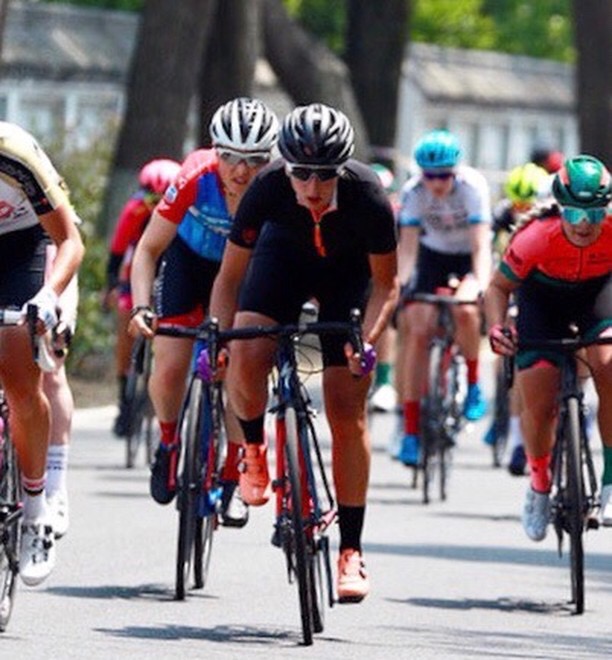
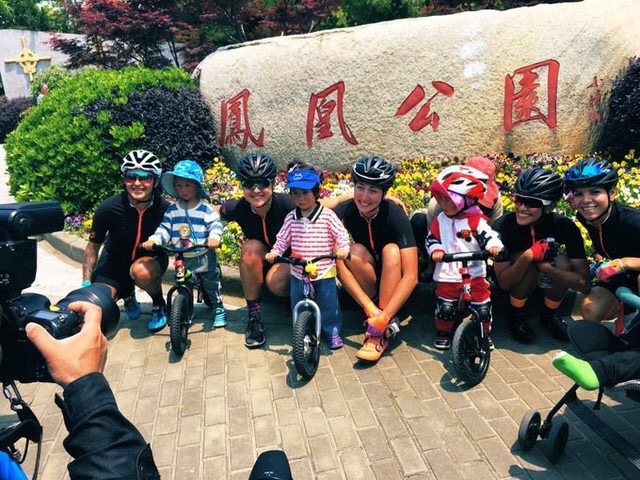
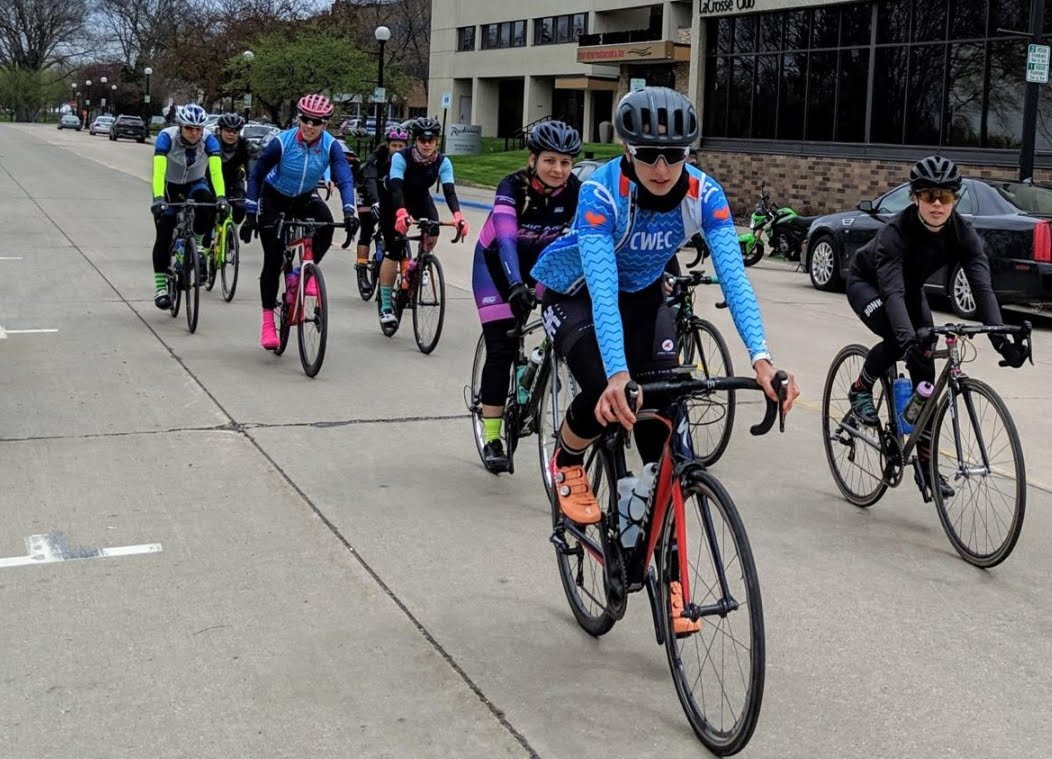







































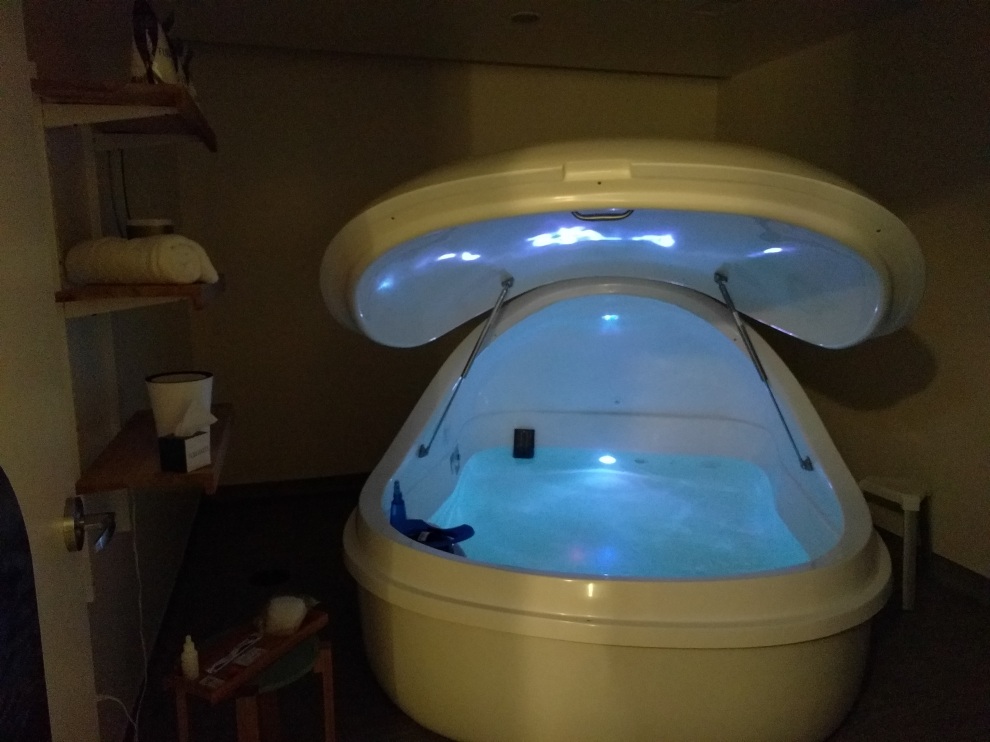
 I went to Float Sixty in Chicago last night with a few girlfriends who had heard about it through our triathlon network. The facility and staff were super nice, and while I hadn’t really thought much about it before getting there, I started to become curious. Everyone knows Epsom salt is good for you, but I don’t even have a tub at home, so I never get to enjoy any of the benefits. So, being as sore as I was after a hard run, followed by a hard lifting session followed by a hard ride in the past days, I was dreaming about getting into this tank for an hour and coming our good as new, muscles super relaxed and happy.
I went to Float Sixty in Chicago last night with a few girlfriends who had heard about it through our triathlon network. The facility and staff were super nice, and while I hadn’t really thought much about it before getting there, I started to become curious. Everyone knows Epsom salt is good for you, but I don’t even have a tub at home, so I never get to enjoy any of the benefits. So, being as sore as I was after a hard run, followed by a hard lifting session followed by a hard ride in the past days, I was dreaming about getting into this tank for an hour and coming our good as new, muscles super relaxed and happy. Getting rid of all the salt on my body after, I felt pretty relaxed. Float60 has a cozy little area in which they serve you water and tea after, so I chatted a bit with my friends about their experience and then we all went home, rather sleepily.
Getting rid of all the salt on my body after, I felt pretty relaxed. Float60 has a cozy little area in which they serve you water and tea after, so I chatted a bit with my friends about their experience and then we all went home, rather sleepily.